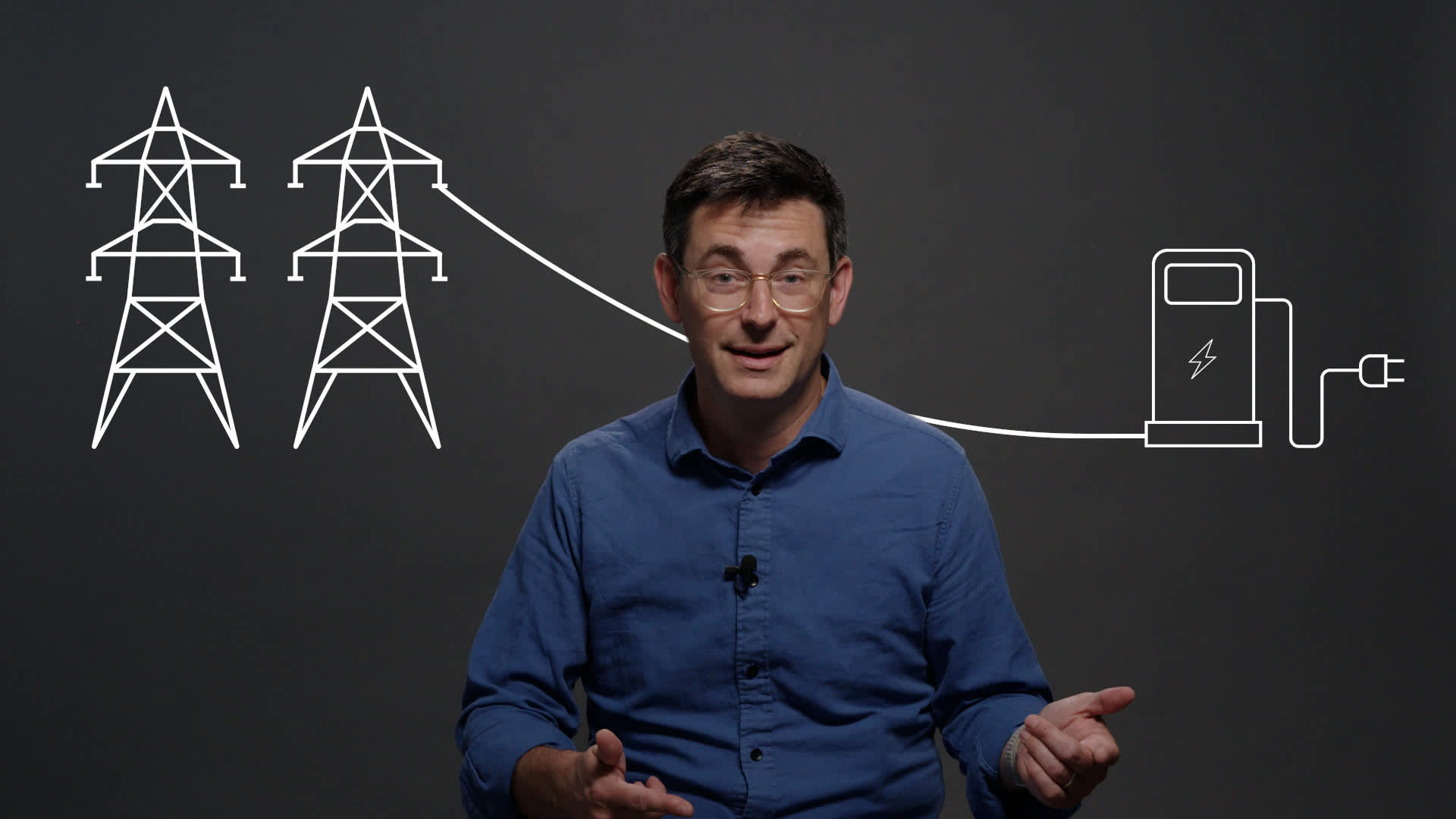
Let’s get one thing out of the way: Buying an EV instead of a gas-powered vehicle is better for the environment. Full (regenerative-braking) stop. While you may have heard otherwise, the lifetime carbon emissions associated with EVs — including their manufacturing and charging — are lower (often far lower) than those of an average internal combustion engine (ICE) vehicle.
But while it’s true that electric vehicles produce zero emissions, they’re still a long way from being climate neutral — at least for now. Whether it’s the serious ethical and environmental issues around mining lithium, cobalt, and nickel; the overreliance on “dirty” sources of energy to power both EV manufacturing and everyday charging; or the largely unanswered question of what we’re going to do with millions of spent lithium-ion batteries, car makers and governments have some undeniably big hurdles to clear.
A battery of concerns
Although the industry likes to tout its green credentials, most EVs built today enter the world having already amassed an outsize environmental debt — bigger even than comparable fossil-fuel-powered vehicles. The reason for this is simple: the lithium-ion battery. The energy it takes to mine crucial materials like lithium, cobalt, and nickel — not to mention transporting those materials to production facilities where batteries are actually built — is substantial.
One problem is that much of the electricity that powers all this mining, transportation, and assembly comes from some decidedly dirty sources. China, for instance, currently dominates the electric battery market and produces the majority of the world’s supply. Its grid also happens to be mostly powered by coal. That means that while your EV’s odometer may read zero on the day you pick it up, its carbon impact may take tens of thousands of emission-free miles to undo.
That dirty energy is only one part of a broader problem around mining, which happens to be concentrated in parts of the world with little-to-no regulation around child labor, health, or safety.
The good news is that EV manufacturers are starting to address the problem. Some have brokered new partnerships with battery-supplier countries like South Korea and Japan (both of which have cleaner grids than China’s). And many are transitioning to entirely new battery chemistries — like lithium-iron-phosphate — that obviate the need for cobalt and nickel mining altogether.
Moreover, hundreds of millions of dollars are currently pouring into startups and government agencies studying how to best extract key resources like cobalt and nickel from used batteries. Successful reuse programs, like B2U Storage Solutions’ 25 megawatt-hour battery facility in California, repurpose EV batteries that are too degraded to use in vehicles (but that can still hold a charge) to store energy for the grid. And now consumers can identify manufacturers with more robust recycling programs thanks to initiatives like the Battery Passport project and Lead the Charge’s EV Leaderboard.
Grid pro quo
Even if we manage to clean up the battery manufacturing side of things and recycle every EV battery, there’s still the issue of its electricity source and how clean or dirty it is. This can be tricky to pin down. But if you’re concerned about maximizing the positive environmental impact of your EV, there is, again, cause for hope.
The U.S.’s electric grid is still considered dirty by global standards (the Energy Information Administration reports that in 2021 fossil fuels — mainly natural gas and coal — produced over 79% of all electricity generated in the U.S.). However, it’s getting cleaner at a fairly rapid clip. Consider that in 2014, 42% of our electric supply was powered by coal, the dirtiest energy source. As of February 2023, that percentage is 20. Moreover, the U.S. Energy Information Administration predicts that renewable energy sources like wind and solar will make up 60% (46% from solar, 17% from wind) of the 46.1 gigawatts of new capacity to be added to the U.S. power grid this year.
Figuring out your EV’s exact carbon footprint means knowing your local grid’s energy mix. One good place to start is the EPA’s eGrid site. Plug in your zip code, and it provides you with a breakdown of all the energy sources used to generate electricity in your region.
Your EV’s overall emissions will also depend on how efficiently it uses that energy. The Union of Concerned Scientists has a tool that accounts for both.
EV sales are likely to continue to grow throughout the remainder of the decade and hopefully beyond. That’s a great thing. But it’s important to remember that a rapid uptick in EVs on the road will also require some equally speedy solutions to thorny environmental challenges. Moving fast and fixing things will be imperative for both the auto industry and the government. Assuming they’re successful, you may soon find yourself with a truly green EV — one that starts benefiting the environment the second you drive it away.
The content provided in this article is for informational purposes only. Lyft makes no representations as to the accuracy and completeness of this information. Unless otherwise stated, Lyft is not affiliated with any businesses or organizations mentioned in the article.


